I acquired this Dapol 7mm wagon to repaint and re-letter into something suitable for the Metropolitan Railway.

However, it turns out to be the wrong wagon for this particular coal merchant as it should be an outside braced RCH Gloucester Wagon as below (source: t'interweb, copyright: unknown). Anyway, I used it as an experiment to try my hand at lettering.

To me, it appears items today are designed and built by 'Jonny half-a-jobs', and we spend so much time correcting errors and omissions. If you're going to manufacture a half decent wagon at least include the interior detail. I also understand some of it is to do with releasing items from moulds.
Here they have included the interior door bracing but as modelled the side drop doors would not open!

As a result I trimmed the moulded bracing and added the reminder of the internal bracing from styrene strip. Lines were also scored to represent the door and the original lettering removed.

Continuing with the lettering I found a suitable image from which I could scale and create my own stencil templates as decals are not available for this coal merchant.

These were attached to the patch painted wagon body and then sprayed with a pale grey to create ghost lettering which I could tidy up.

And after tidying up (sort of) with acrylics - the end result which is not brilliant by any standards but a good starting/learning point. It has a ficticious number as I don't know whether this coal merchant had any of this particular type of wagon.

I'll be repeating this at some point with the correct RCH vehicle - using a Slaters RCH 7 plank wagon kit as the starting point. At least I'll be able to letter the wagon sides before assembly.
During some family history research my great, great grandmother was the ladies room attendant at Willesden Green station on the Met in the early 1900s. Her husband's early demise was a railway related accident and my deduction is the Met provided her with employment as part compensation as she had three small children at the time - one being my grandmother.


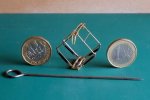
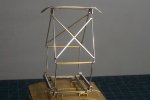
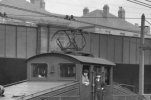
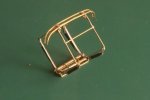
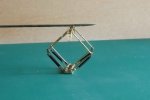
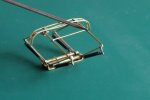
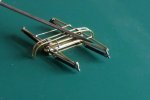
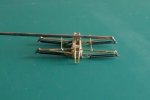
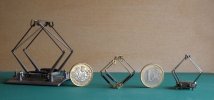
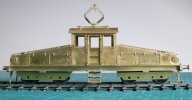
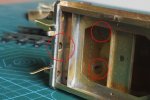
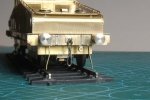
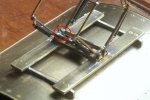
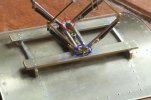
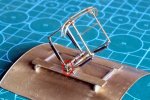
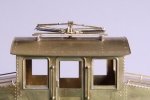
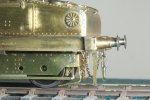
 on the electrical connection socket!).
on the electrical connection socket!).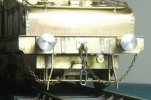
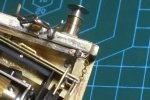
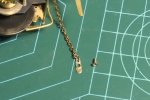

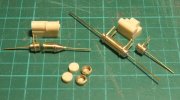

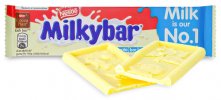

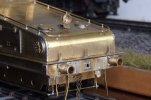
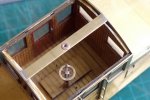
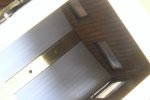
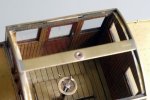
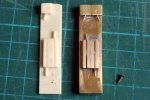
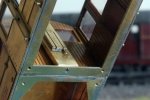
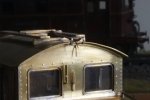
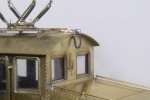


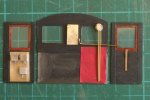
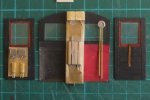



 and if acceptable I may download some of your photos - for my use - to continue the build.
and if acceptable I may download some of your photos - for my use - to continue the build.
















